Leafhoppers 2022
Martha O'Kennon
This website is devoted to Leafhoppers I have seen. One genus with a large number of species is Eratoneura. They tend towards red on white or yellow on white. These first ones are all in genus Eratoneura, but I don't know the species of any of them.
Eratoneura
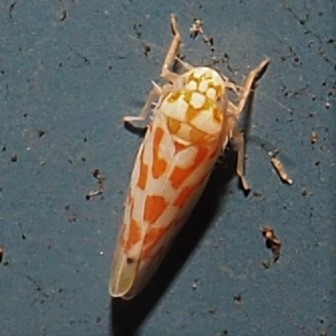
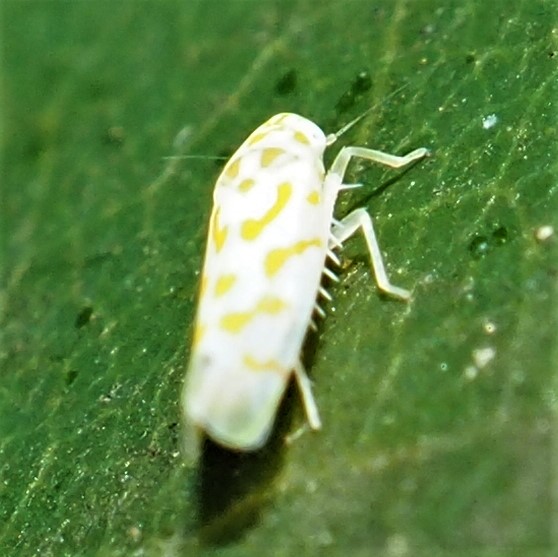
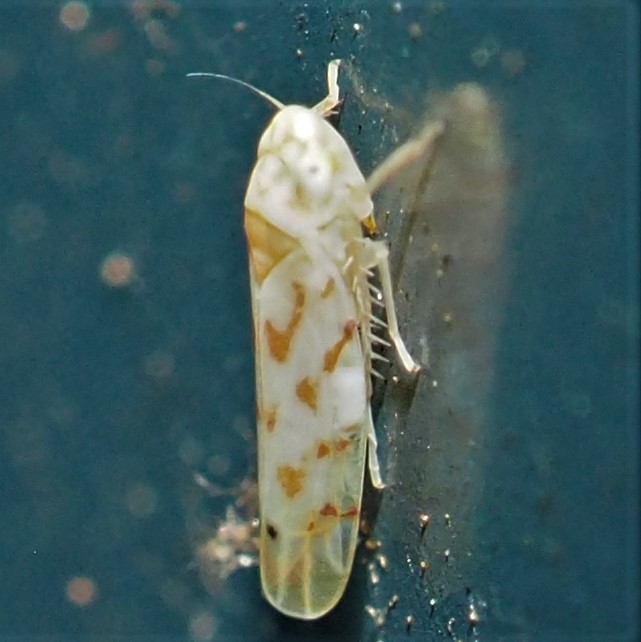
One variation on the main genus is the "dotted" variation. So far, I haven't seen any of these ID'd to species. The third one here has almost rubbed off the dots.
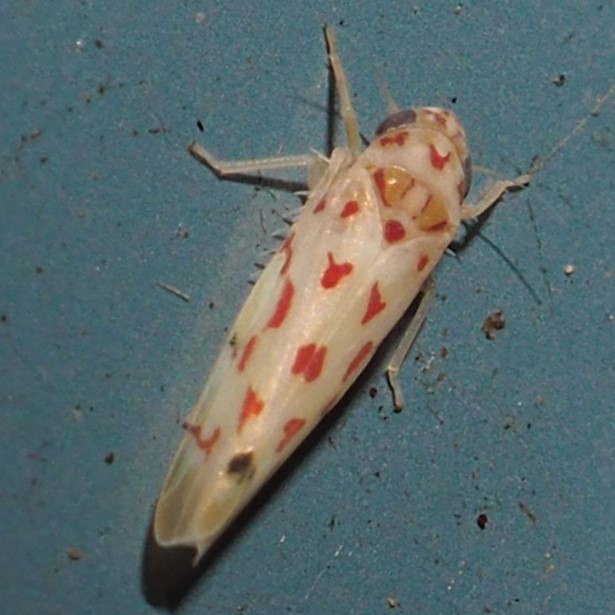
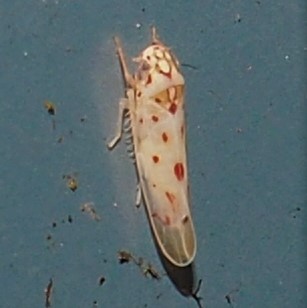
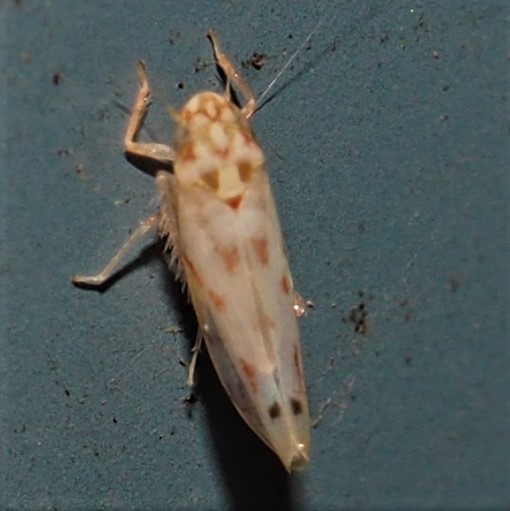
Remember that there is information in the name of the file for each image. You can see it by mousing over the image - look at the lower left of the screen. Or you can click on the image to get to the (usually) larger image. Then the info is displayed in the address line above. Sometimes the second click will actually display a different view of the original image.
One of the easiest-to-find species under Eratoneura is the one with a big dark diamond-shaped mark on its thorax, Eratoneura ardens. Just remember "ardent love", meaning burning passion. Next, the one with a waist-band is E. era. And the one with the big ornate backpack is E. affinis.
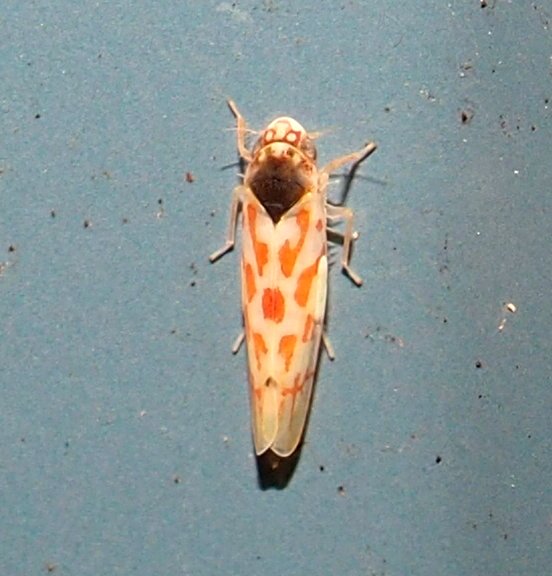
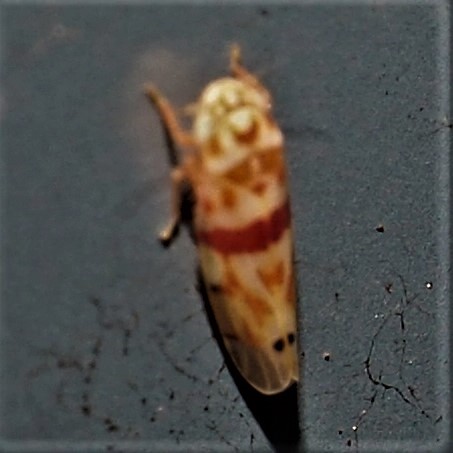
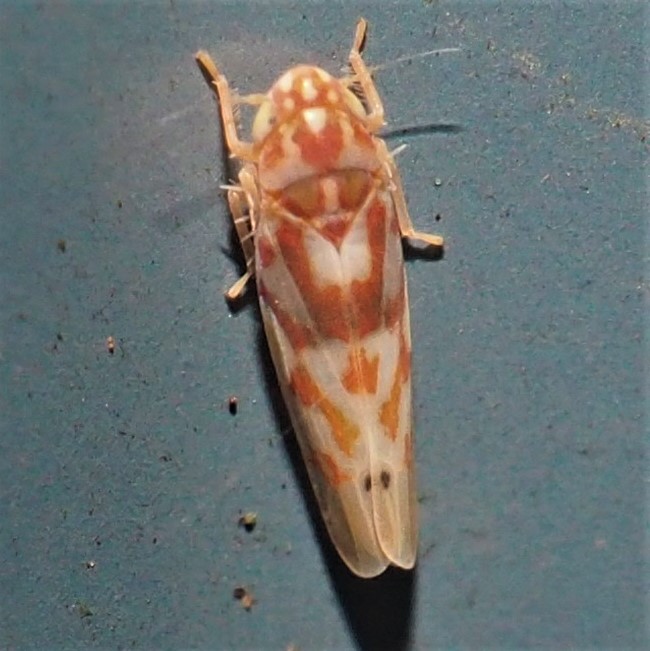
Another member of genus Eratoneura, this one Eratoneura ligata. It was so much more ornate than the other Eratoneura samples above, that I mislabeled it as Erythroneura at first. The second one I thought was Erythroneura, but both @hopperdude215 and @nomolosx preferred Eratoneura. So far its species is not known. I also don't know about number 3, but it was identified as Eratoneura by both of the experts above.
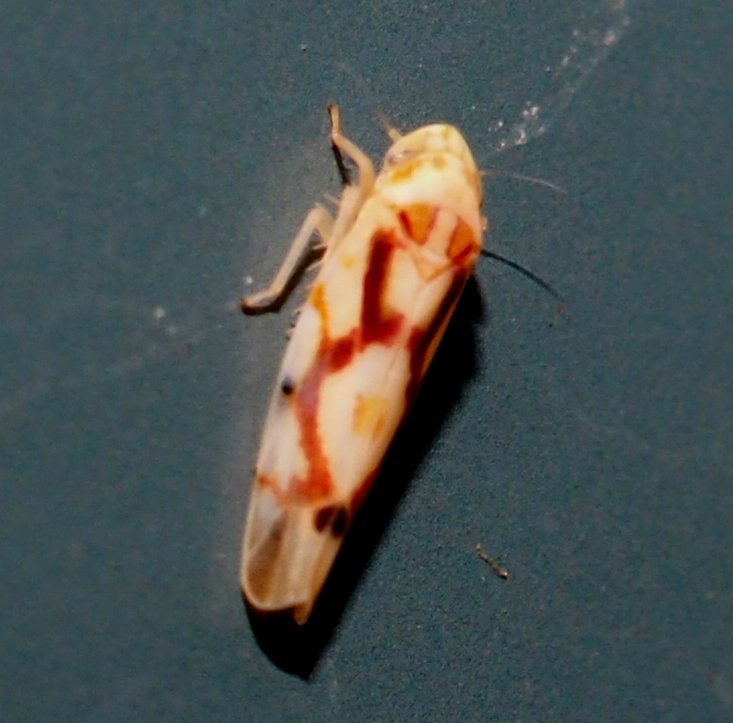
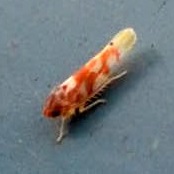
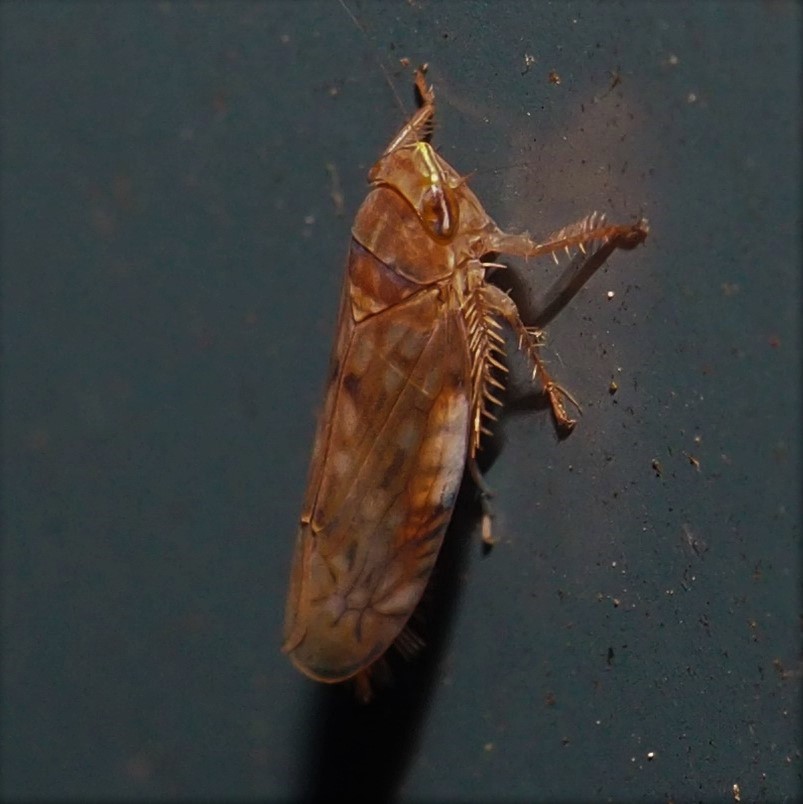
Erythroneura
Erythroneura is another big productive genus of Leafhoppers. First is E. aclys, and second is E. infuscata (darkened).
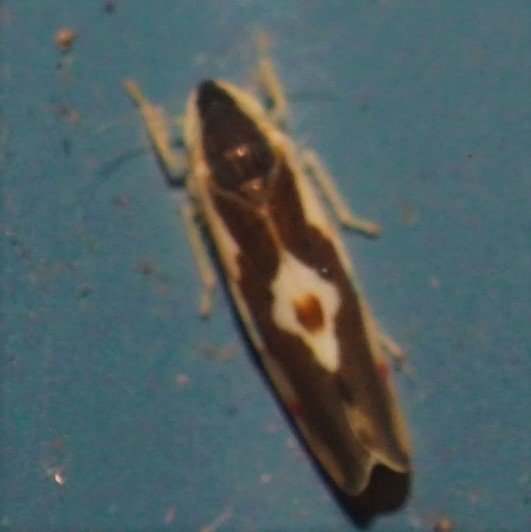
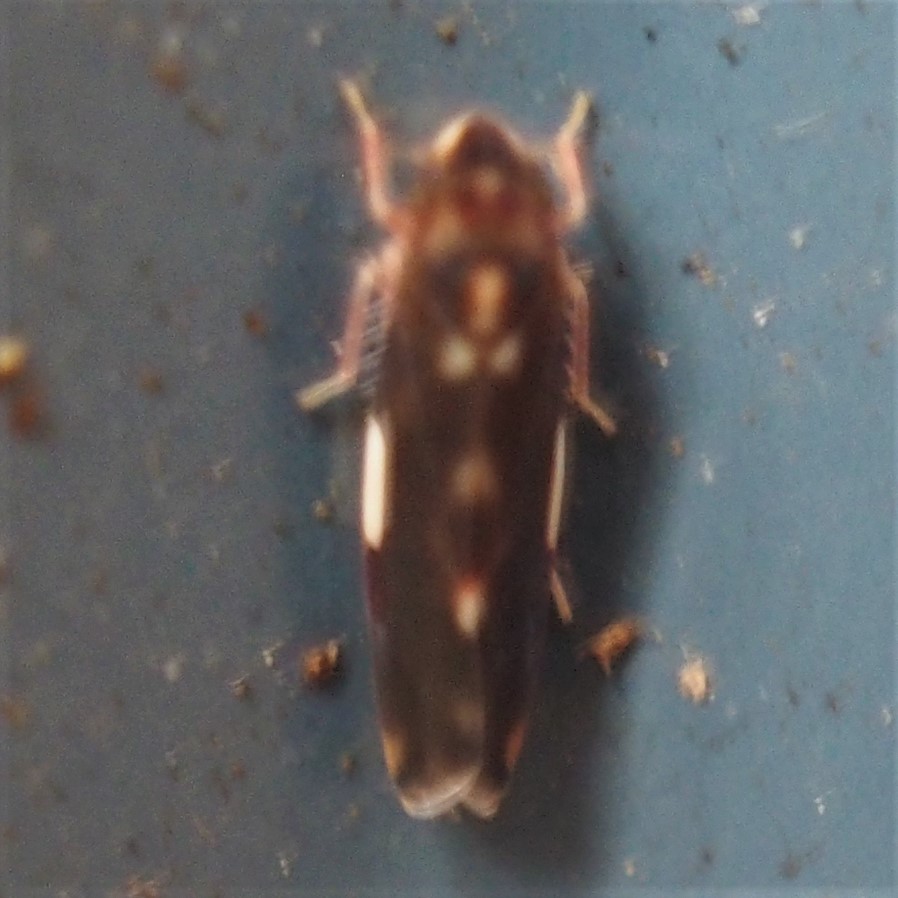
Some more Erythroneura. First E. tricincta (three belts). Second is Erythroneura vitis, the Grapevine Leafhopper. Third is a less commonly seen one, E. Palimpsesta.
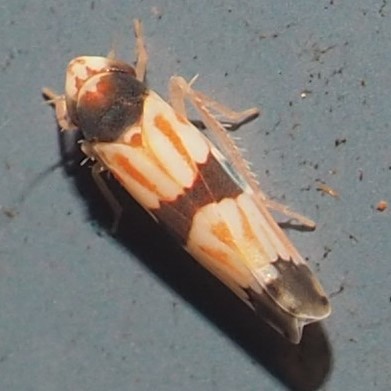
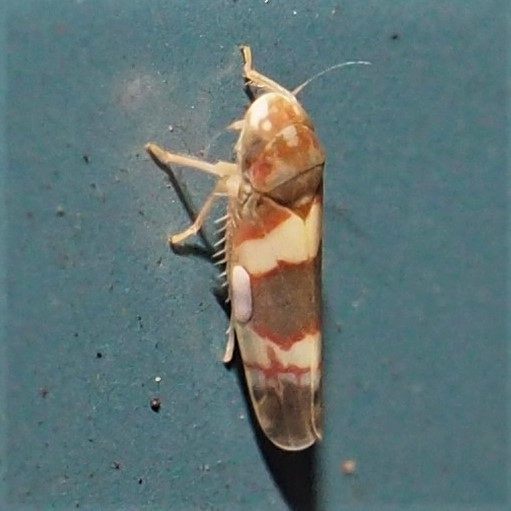

Here are two that are easy to confuse. First is E. delicata, and the second is E. vagabunda. The third is in Erythroneura, but nobody has come forward yet with an ID.
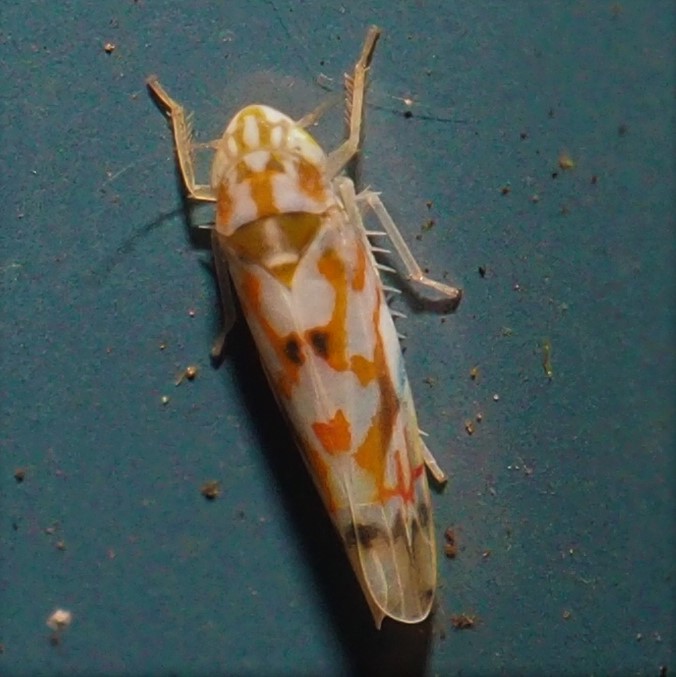
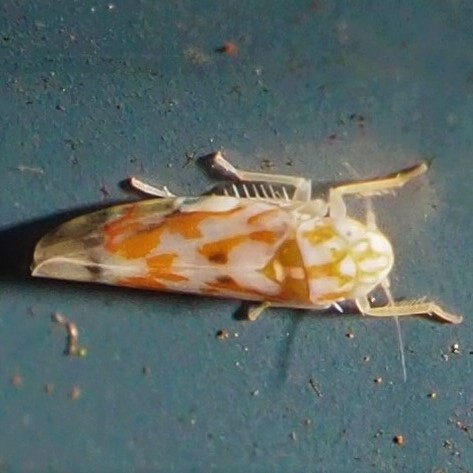
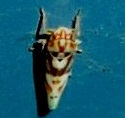
Here are two that look very different but both are Erythroneura elegans.
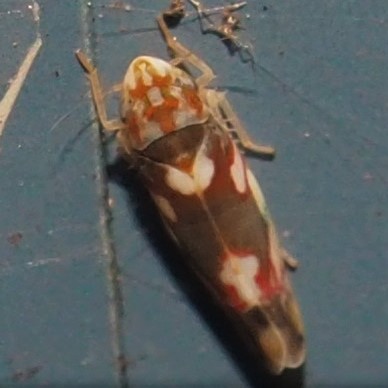

Erasmoneura
So far I've seen many E. vulnerata, but in my life (and that only recently) only one E. fulmina.
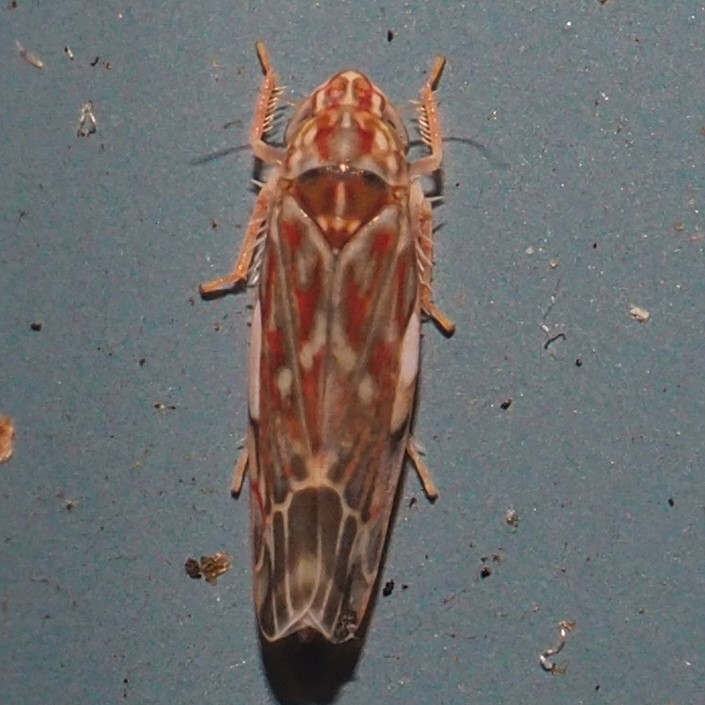
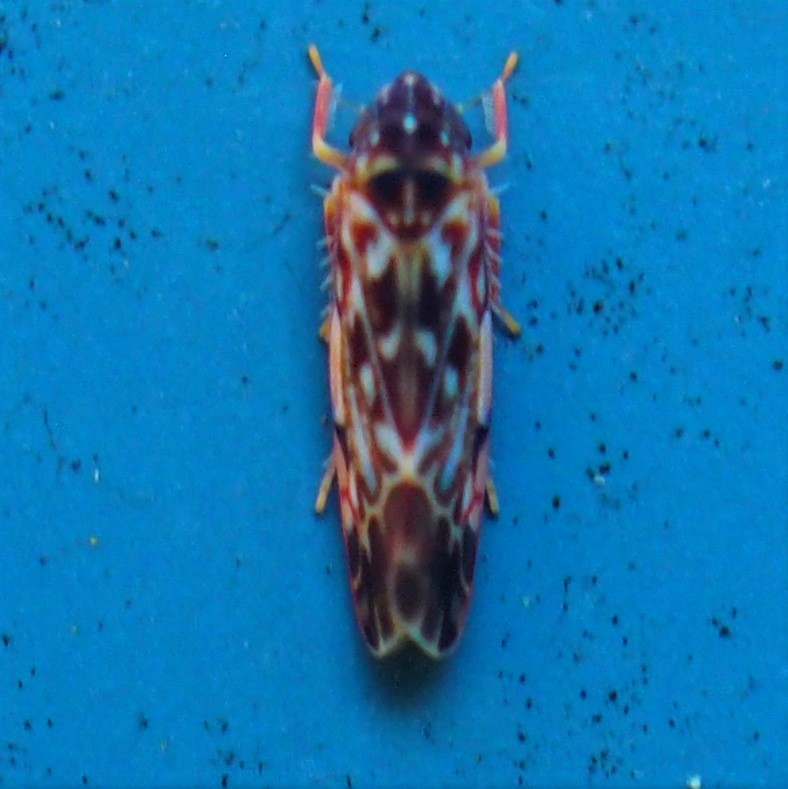
The ONLY Psocid (Barklouse) I saw at all this week was Graphopsocus cruciatus. Here is an adult and then a clutch of eggs. Third is a group of little nymphs hatching.



Here are those little nymphs enlarged. But wait! ARE those G. cruciatus nymphs? When I first saw them I wondered about the little dots that we usually see on G. cruciatus nymphs. No dots here. Unless they develop later. Then when I zoomed in on them again, the eyes seemed to be reddish. Picture 2 was found in October 28, 2019. It shows a Valenzuela flavidus nymph. So I wonder if this isn't actually V. flavidus as a nymph. More to come on this!


This pretty thing is a Psyllid, probably Trioza albifrons. It seems to visit here in the early Winter. I've submitted it to iNat and Bugguide a few times but have yet to find someone else who seconds this ID.



Well, here we are halfway through December. A few years ago, I made sure to watch the daily temperatures (average, high, low) each evening, and graph those data. One of the things it showed was that on February 2 the average low temperature began to turn back up. That is, we only have about a month and a half to go before it starts to get warm again. At the rate the days are falling away that will be almost nothing! Chanukah is here and Christmas doesn't have far to go to catch up. Here are some Pond pictures for those who love their winter! Even I can appreciate how lovely it is from inside!
Love, Martha


Back to December 11, 2022
Forward to December 25, 2022
Back to main menu
copyright Martha O'Kennon 2022




































